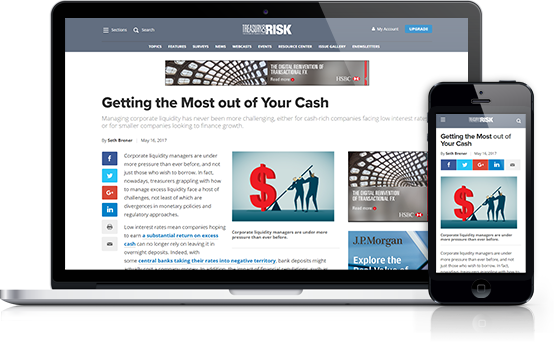
Following roughly 18 months of prices rising at unprecedented rates, inflation remains stubbornly high in both the United States and the Eurozone. The U.S. Federal Reserve and the European Central Bank (ECB) have sought to aggressively increase interest rates in order to tighten the global money supply and bring prices under control.
These moves started to have an effect on inflation in the United States by mid-summer, although consumers' economic outlook was generally pessimistic. In July, following the Federal Reserve's decision to raise rates by 75 basis points (bps), the consumer price index experienced its first month of negative growth since May 2020. For consumers, this marked the first time in 26 months that goods, in general, did not cost more than they had the month before.
Complete your profile to continue reading and get FREE access to Treasury & Risk, part of your ALM digital membership.
Your access to unlimited Treasury & Risk content isn’t changing.
Once you are an ALM digital member, you’ll receive:
- Thought leadership on regulatory changes, economic trends, corporate success stories, and tactical solutions for treasurers, CFOs, risk managers, controllers, and other finance professionals
- Informative weekly newsletter featuring news, analysis, real-world case studies, and other critical content
- Educational webcasts, white papers, and ebooks from industry thought leaders
- Critical coverage of the employee benefits and financial advisory markets on our other ALM sites, PropertyCasualty360 and ThinkAdvisor
Already have an account? Sign In Now
*May exclude premium content© 2025 ALM Global, LLC, All Rights Reserved. Request academic re-use from www.copyright.com. All other uses, submit a request to [email protected]. For more information visit Asset & Logo Licensing.





